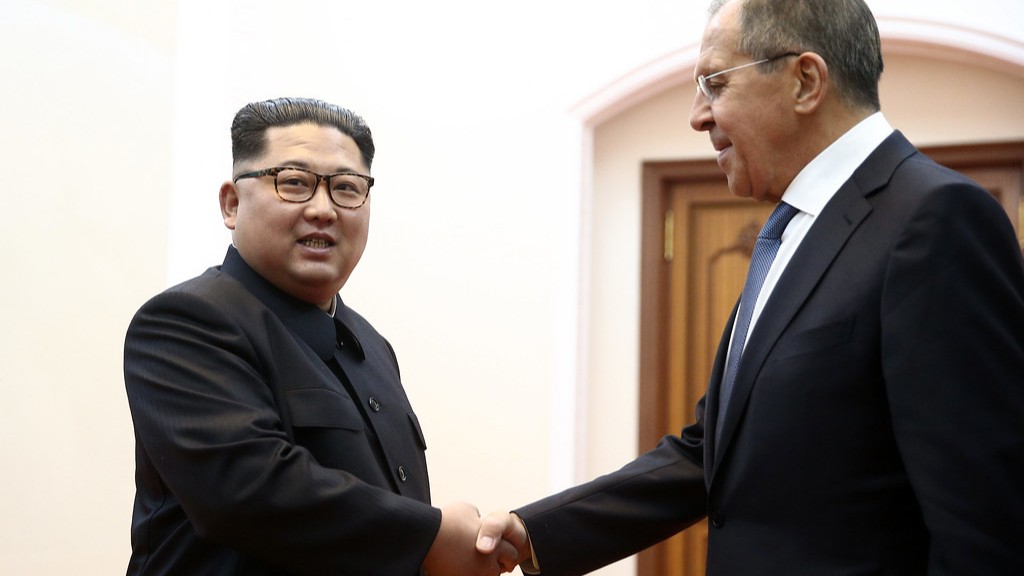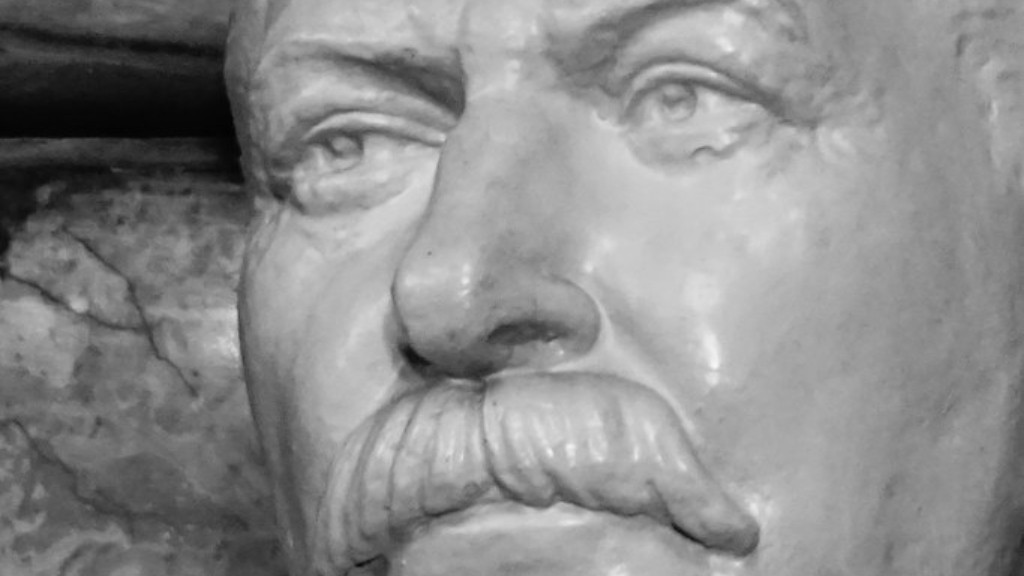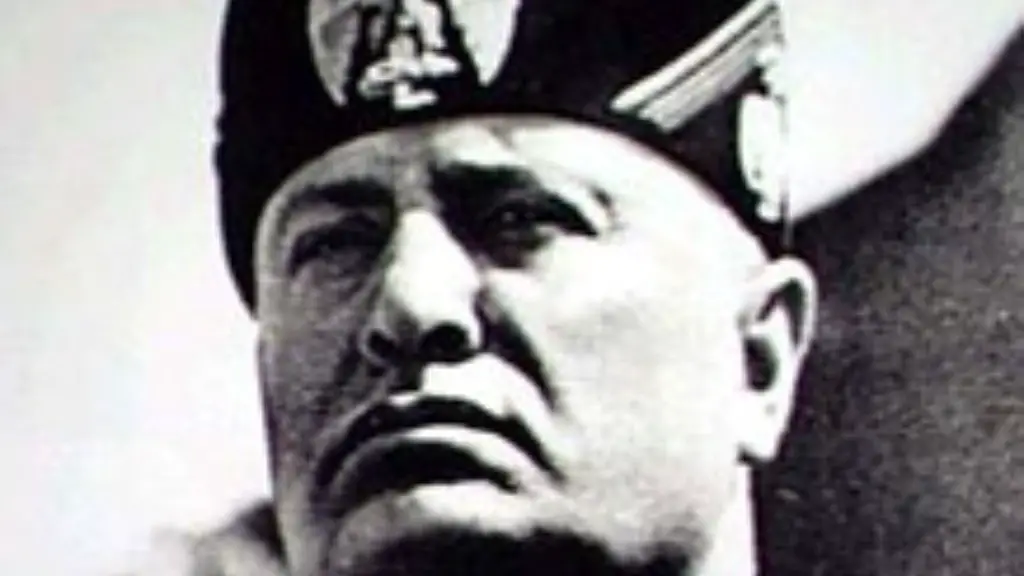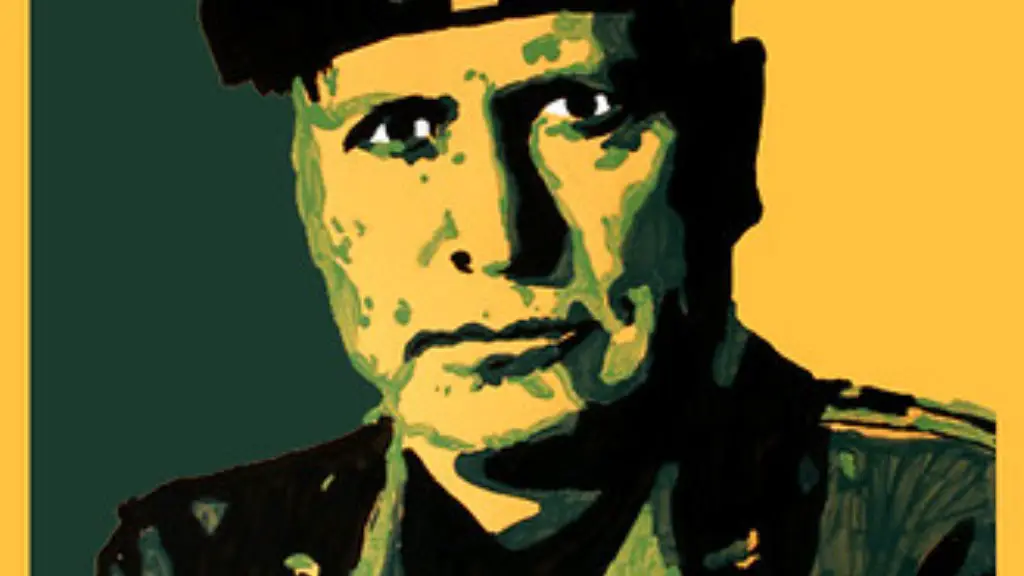Earlier Libyan Arms Deals
Muammar Gaddafi’s access to weapons began long before his reign as leader of Libya, with the North African nation already having an active arms industry in place. In the early 1950s, Libya sought to arm itself as it prepared for its transition from a monarchy to a republic. During this period, the country secured arms deals with the United States, France, Italy and the United Kingdom.
Gaddafi assumed power in 1969, taking complete control of the country’s military forces and placing himself as commander-in-chief. He increased the size of Libya’s military, purchasing further weapons from the Soviet Union and East Germany, as well as negotiating arms deals with Yugoslavia and Cuba.
However, the UN Security Council imposed trade restrictions on Libya in 1992, blocking the import of weapons and military equipment. Gaddafi responded by strengthening ties with countries outside of the Western-dominated arms trade, forging links with the likes of India, South Africa and Thailand.
By the early 2000s, Libya was using these connections to take delivery of weapons, such as man-portable air-defence systems, or MANPADS, which were believed to have been purchased from North Korea and Ukraine.
Gaddafi has also been accused of smuggling weapons through North African states, including Algeria and Mauritania, as well as countries in the Middle East and Africa.
Paramilitary Groups
Gaddafi also had access to weapons through the nation’s many militias, supplemented by elite forces made up of former Libyans who had lived abroad and returned following the revolution.
By the October of 2011, Gaddafi had an estimated 20,000 loyal fighters in his service, supplied with weapons from his own arsenal and gifts from personal friends. Gaddafi also employed mercenaries from other countries, alongside paramilitary groups, such as the Revolutionary Committees, to maintain control of the country.
The Revolutionary Committees were formed in the early days of the revolution, with Gaddafi actively promoting local participation and loyalty to his government. These paramilitary forces utilised weapons from the government-run weapons stockpiles, and in turn acted as distributors for military supplies and armaments on Gaddafi’s behalf.
Gaddafi was also known to encourage and fund tribal leaders to arm their forces with weapons from the national stockpile. This was due to the majority of his loyal fighters coming from the nomadic tribes and settlements of Libya’s southern region.
Foreign Sponsorship
Foreign sponsorship was another major source of arms for Gaddafi and his forces. The supply of weapons came predominantly from China, Russia and Spain, with Gaddafi intent on stockpiling military equipment, amassing large arsenals of artillery and tanks.
The Chinese government provided major financial aid to Libya, including weapons, in exchange for oil contracts and access to the Libyan market. In 2009, Russia concluded a multi-billion-dollar arms deal with Gaddafi, including sales of assault rifles and armoured vehicles.
Gaddafi also received significant military support from the African Union, with Libya hosting one of the most influential military arms fairs in the region in 2007, attended by representatives from 40 out of the group’s 53 member states.
Gaddafi also sought out sponsorship and support from wealthy Arab neighbours, such as Qatar and the United Arab Emirates, as well as from private individuals, fundraising large amounts of money to purchase additional arms.
Illegal Trafficking
In addition to legal arms deals, Gaddafi and his regime were also reported to have engaged in the illegal trafficking of weapons. The regime was accused of smuggling arms across the Mediterranean Sea, and in 2006 Gaddafi received accusations of trading firearms for gold with individuals in Niger.
Reports then emerged of weapons reaching Gaddafi and his forces from high-ranking officials in Cote d’Ivoire, with a shipment from the African nation reported to have contained arms such as anti-tank missiles and MANPADS.
Unconfirmed reports also detailed Gaddafi’s alleged involvement in the trafficking of weapons between Ethiopia and Eritrea prior to 2007, as well as suspected arms shipments originating from Syria and Zimbabwe in 2006.
Gaddafi maintained a network of contacts and partners, employing the services of arms dealers and smugglers to further his cause, in addition to relying on well-established arms dealerships to keep his forces armed.
Gaddafi and NATO
In 2011, following international condemnation of Gaddafi’s use of violence against his people, NATO forces enacted a no-fly zone over Libya, as well as carrying out a series of bombings on military targets. In an effort to limit Gaddafi’s access to weapons, sources claim that NATO conducted operation Odyssey Dawn, leading to the destruction of several known weapons factories and storage sites.
However, the bombing campaign failed to significantly damage Gaddafi’s stockpile of weapons, with the regime able to maintain its forces with weaponry from the various sources described previously.
Fall of Gaddafi
Gaddafi’s access to weapons did not prevent his eventual downfall, as the regime failed to contain the spread of armed rebel forces. Reports suggest Gaddafi’s forces were on the brink of collapse by April 2011, with defections becoming increasingly common throughout the last year of Gaddafi’s rule.
In October 2011, the Revolutionary Forces of Libya succeeded in removing Gaddafi from power, and in subsequent months, the country saw its stockpiles of arms and military vehicles significantly reduced, as rebel forces sought to limit the power of the remaining loyalists.
Trading with the West
In the years following Gaddafi’s fall from power, the new Libyan government chose to pursue a policy of reconciliations, in which the nation sought to repair ties with Western countries, opening up the arms trade once again.
The new Libyan government concluded arms deals with countries such as Britain, France and the United States, where foreign firms were allowed to re-establish themselves and compete in the arms industry, after having been previously barred under Gaddafi’s rule.
Since then, the Libyan government has pursued a policy of further diversification, looking to countries from the Middle East and Asia to purchase weapons, and later establishing the country’s own arms industry.
Legacy of Gaddafi’s Rule
The legacy of Muammar Gaddafi’s rule, both in terms of supplying his own forces and the destabilisation of post-revolution Libya, is still felt today. While the arms trade industry is gradually re-establishing itself, many of Gaddafi’s connections remain in place, with reports suggesting arms continue to be smuggled across the region.
The Libyan people are now faced with the difficult task of rebuilding their nation, and tackling the illegal arms trade still present in their borders. On the international stage, Gaddafi’s legacy is still highly debated, with many citing the need for careful consideration when supporting leaders with a record of human rights abuses.



